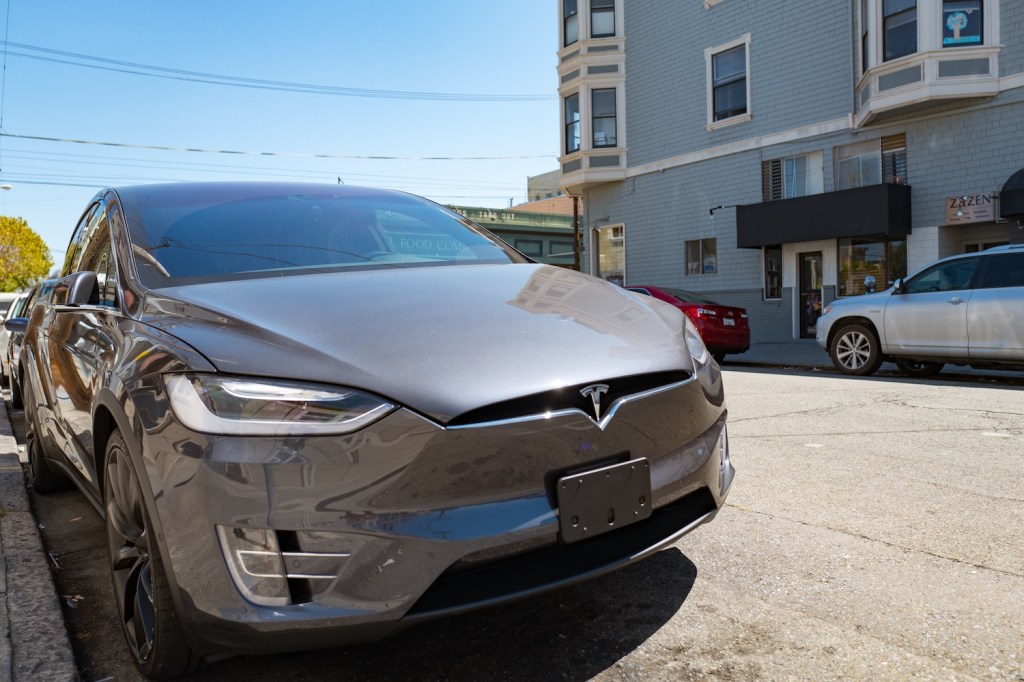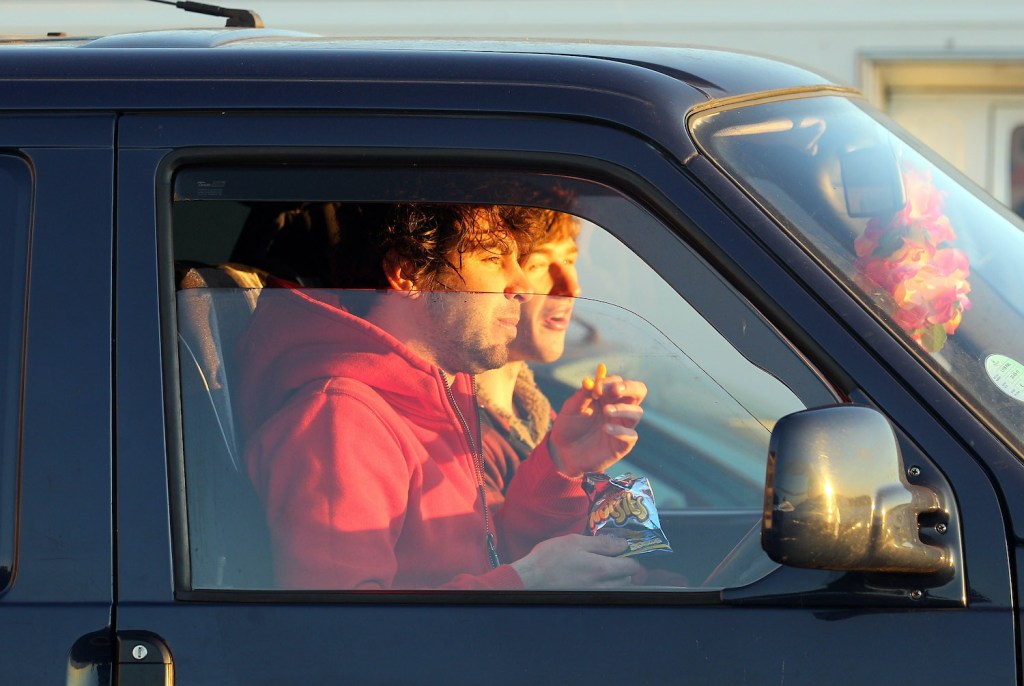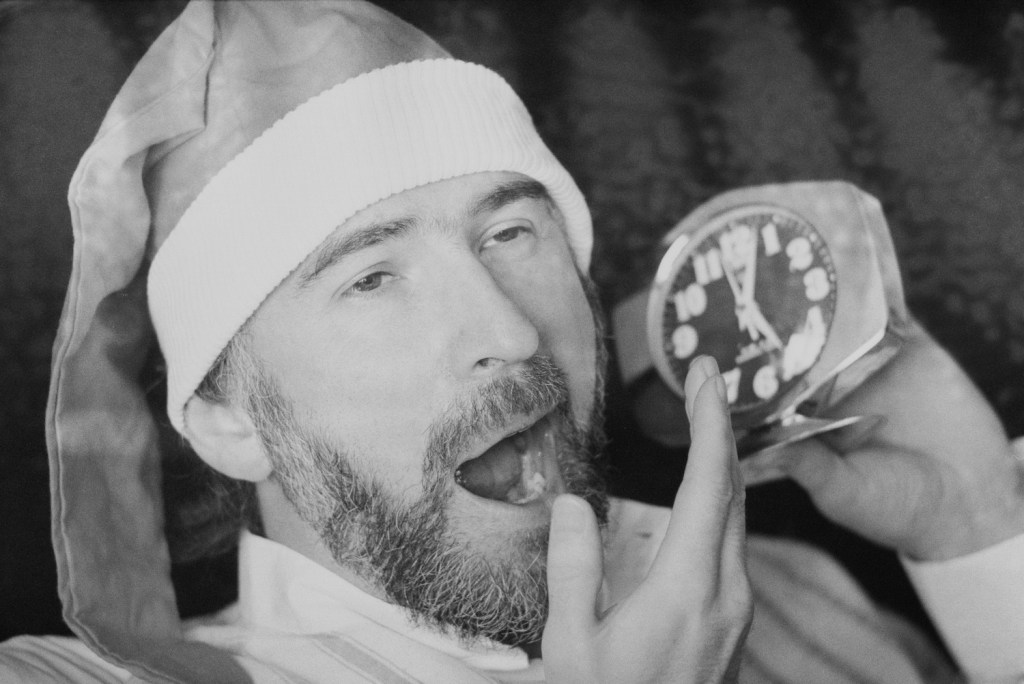
These Safe Driving Tips Can Prevent Fatal Car Accidents During Daylight Savings Time
Daylight Savings Time just rolled around and many drivers are likely still getting used to the one-hour time change. In fact, some experts compare the first few days to two weeks after Daylight Savings Time a “mini jet-lag” period as many drivers feel tend to feel lazier, slower, and hungrier due to the time adjustment. Some research has even proved that the risk of fatal accidents on the road goes up by about 6% nationwide.
Travelers Insurance wants to spread the word on driving safety after Daylight Savings Time hits and offered up a few tips. I also had the pleasure to speak with Don Tardif, the AVP of Product Management for Auto at Travelers Insurance, who filled me in on their driving safety tips.
Tip No. 1: Pullover when you need to

Since Daylight Savings Time means that drivers will lose an hour of sleep, it’s likely that they’ll be a little more drowsy for a few days after the time change. That lost hour can weigh on you for the first few days, so it’s important to pull over on the side of the road if you feel yourself nodding off.
“It’s important to plan the night before what your morning is going to look like and account for that lost hour of sleep,” Tardif told me.
Tip No. 2: Save your breakfast for your destination

In the first few days after the one-hour time change, you may find yourself eating breakfast on the go due to possibly being late for work. And while a pre-packaged granola bar can be easy to handle while driving, it’s still distracting nonetheless. In turn, this distraction can easily cause a sudden accident on the road.
“Distracted driving is a little worse during Daylight Savings Time,” Tardif said. “While you’re going through Daylight Savings Time make sure that you’re doing things in the right places. Save your breakfast for your destination and make sure that you’re paying attention to the road while you’re driving.”
Tip No. 3: Leave earlier

Leaving for your destination just a little earlier can help ensure that you get there on time. Not just because of the time change, but also due to slower driving times. Remember, all of the other drivers around you could be feeling the same effects, so it’s important to drive safer rather than faster.
Tip No. 4: Wear sunglasses

This tip might sound trivial, but it can also mean the difference between seeing the car in front of you and hitting its rear bumper. Believe it or not, sun glare plays a factor when it comes to the increased number of accidents after Daylight Savings Time – it is Springtime, after all. In that case, it’s important to always have a pair of sunglasses in your car to combat the sun’s blinding glare.
“Sun glare can be a common occurrence when the clocks jump forward,” Tardif explained. “It’s interesting because approximately 9,000 car accidents a year are attributed to sun glare. It’s pretty significant. The easy thing to deal with that is to keep a pair of sunglasses in your car.”
The most important part is adjusting to the time change
The following tips can definitely help any driver stay safe on the road after experiencing the one-hour deficit that Daylight Saving Time brings. However, the most important part is to adequately adjust to the time change in a proactive way.
“We tend to adjust the time to the patterns instead of the patterns to the time, so in a sense, we end up staying up later and then crashing our time in the morning to a shorter period of time as opposed to going to bed earlier,” Tardif said. “Our internal clock keeps us up later than we should and it takes a little while for that adjustment to take place. Two weeks is the estimate that Travelers Insurance gives for that.”
As such, the next time you have to “spring ahead” and set your clock an hour forward, remember to get enough sleep, eat breakfast at your destination, and do yourself a huge favor and sport that fancy pair of sunglasses to shield you from the sun.



